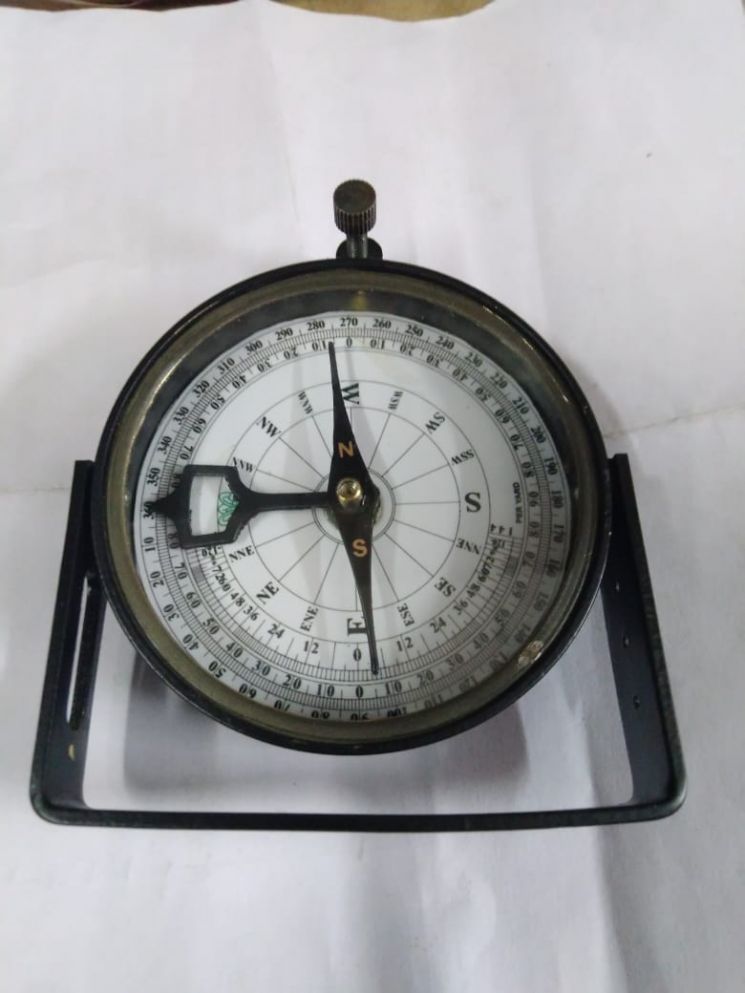Traversing in surveying | Its 4 Methods & Types
Traversing in surveying is a popular method of surveying. Traversing is a series of connected lines, and its lengths and direction are to be measured, and the process of surveying to find such measurement is called traversing.

“Traversing is that type of survey in which number connected survey lines from the framework and the direction and length of the survey lines, and lines are measured with the help of angle measure instrument and chaine or tape respectively.”
Method of traversing
1.chain traversing.
2. Chain and compass traversing.
3. Traversing by fast needle method.
4. Plane table traversing
1. Chain traversing
The method in which the whole work is done with chain and tape is known as chain traversing.
No angle of measurements is used, and the direction of the lines is fixed entirely by the linear measures of angles and fixed by linear or tie measurements, and it’s called chain angels.
The method is unsuitable or accurate work, and it is used if the angle of measuring instruments like complex, syntax, or theodolite is available.
2. Chain and compass traversing
In the chain and compass traversing method, the magnetic bearings of the survey lines are measured by the compass, and the length of the line is measured either with tape or a chain.
The direction of the magnetic meridians is established at each traverse station independently. This method is also called the tree or loose needle method.

3. Traversing by fast needle method
The method in which magnetic bearing of traverse lines are measured by the theodolite fitted with the help of an S compass is known as the traversing by needle method. And the direction of the magnetic meridian is not established at each station. Still, instead, the magnetic brings of lines are measured with them through, so this direction of magnetic meridian is based at the 1st station.
There are two more methods of observing the brings of lines by the fast needle method.
- The direct method with transiting
- Direct method without transiting
1. Direct method with transiting
In this method of transiting, the telescope shall be expected at one station and inverted at the next station. The technique is, therefore, suitable only if the instrument is the adjustment. Therefore a direct method without transiting is most satisfactory among these three methods.
2. Direct method without transiting
In this method of transiting, instead of applying correction at every station and opposite the vernier would be ready alternatively. However, it is convenient to ready one vernier throughout and applies the correction at alternate stations.
4. Plane table traversing
In-plane table conversing, the plotting and measuring of the traverse on the paper are done simultaneously. Plane table equipment is set up at every travers one by one in an anticlockwise or clockwise direction. And the side of each traverse station is drawn on the paper to a suitable scale. If any closing error, we use a graphic method for its adjustment.
Types of traverse
There are following two types of traverse
- Open travers
- Closed traverse
1. Open traverse
It’s also called unclosed travers; when the travers start at one point and terminate at the other point, it is called an open or closed traverse. And airy traverses are suitable for roads surveying and coastal lines surveying etc.
2. Close traverse
When the traverse formed the closed-circuit, then this Travers said to be close traversed.
In this situation, starting and terminating both points of the traverse coincide with each other. And it is suitable for the survey of boundaries of sports ground, forest, ponds, etc.
We Love Cricket